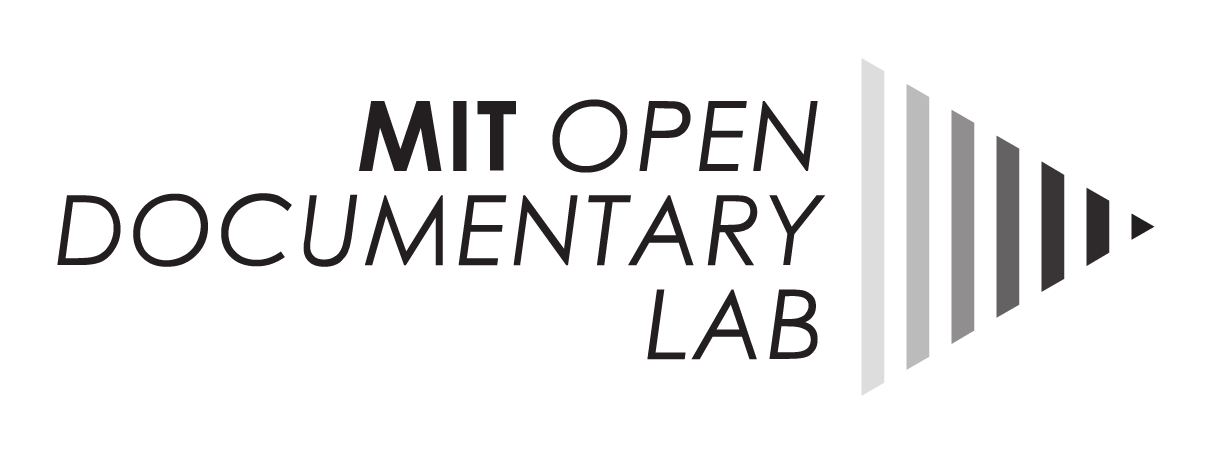
19 May COME/IN/DOC | Interactive Documentary Definition [Part 4]
SEASON 1 – EPISODE 3 – PART 4: ‘INTERACTIVE DOCUMENTARY DEFINITION’
Here you can access the fourth part of the third episode:
[vimeo width=”580″ height=”330″]https://vimeo.com/163940096[/vimeo]
SELECTION OF KEY IDEAS (DIRECTOR’S CONTRIBUTION)
Matt Soar (Concordia University): It’s a very exciting new field but it’s too early I think for giving definitions. There’s so many different terms and none of them seem to do the work of describing everything.
Seth Keen (RMIT University): The existing frameworks are a starting point but it’s such a changing area that it is not necessarily static so it’s quite difficult to define.
Adrian Miles (RMIT University): I think it’s computer based, deals with nonfiction content and involves time based media, so it’s basically a mixture of these three things.
Richard Lachman (Ryerson University): I don’t think there has to be big boundaries between what is and what’s not an interactive documentary. It’s a field crossing different boundaries, we can come up with some terms trying to classify, but each project is different in essence (in terms of production, financing, etc.).
Cindy Poremba (Sheridan College Institute of Technology and Advanced Learning): On one hand, it has to be something that is documenting; the other part is the idea of the interactive component, some kind of explicit interactivity.
Guy Spriggs (Ramillas): At a basic level, if you click it, something happens. The linear way goes from the start to the end, while in the interactive documentary this is determined by the actions of the user.
Paolo Favero (University of Antwerp): In 2011 I would have given you an answer but today in 2016 I have my doubts. If I had to define it, I would start by saying something that is rooted in documentary practices and the moving image. For me interactive is about modification. I focus on three areas: active; interactive and immersivity (VR, AR).
Francesca Panetta (The Guardian): It is a format which has to have some kind of interactivity, the emergence of virtual reality.
Ersan Ocak (Bilkent University): I prefer to use the term ‘new media documentary’. Today we have coauthors; to me to call it interactive documentary is very limiting and new media documentary could embrace new practices.
Maria Gemayel (Klynt): It’s a documentary that is interactive, but people use a lot of terms to define the same form and the whole idea. It’s a type of content where as a viewer you cannot take a passive role, you must choose your own paths.
Jon Dovey (University of the West of England): The way we have defined it in the last five years, interactive documentary has changed very fast and is expanding very quickly, we can start thinking about genres of interactive documentary. I guess from 2011 I see other trends like VR, experimental forms and the data doc. I’m not sure where all this is gonna go…though.
Vassiliki Khonsari (iNK Stories): For me interactive documentary is a sandbox for a documentary content to be conveyed in every form.
Carlos Scolari (Universitat Pompeu Fabra): We are talking about any production after the digital revolution, so you can basically navigate inside this hypertext.
Ferran Clavell (CCMA Interactiva): An interactive documentary can be anything, this is still an immature genre. And I think one of it’s more exciting things is that we don’t know which direction the field will take in the forthcoming years…
Add your contribution here: http://comeindoc.com/contribute/
Website: http://comeindoc.com
Dr. Arnau Gifreu
COME/IN/DOC Director
Research affiliate
agifreu@mit.edu



